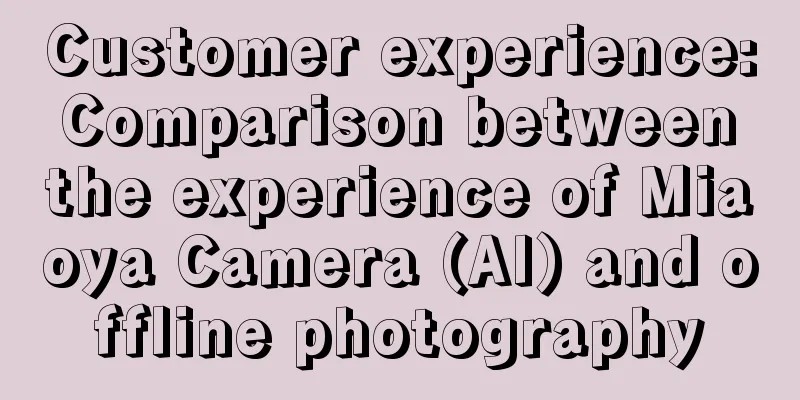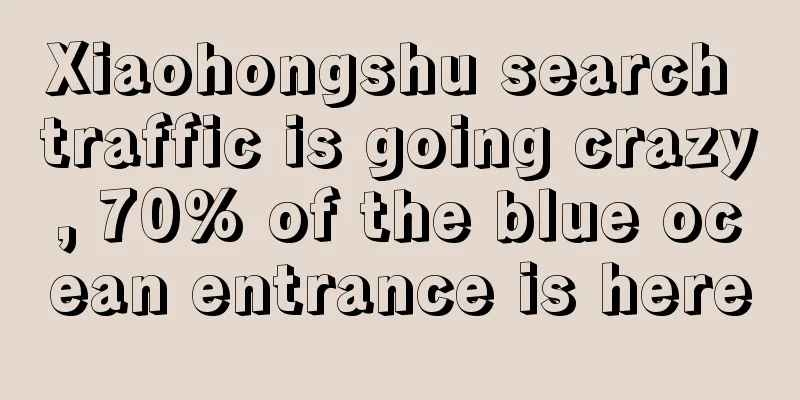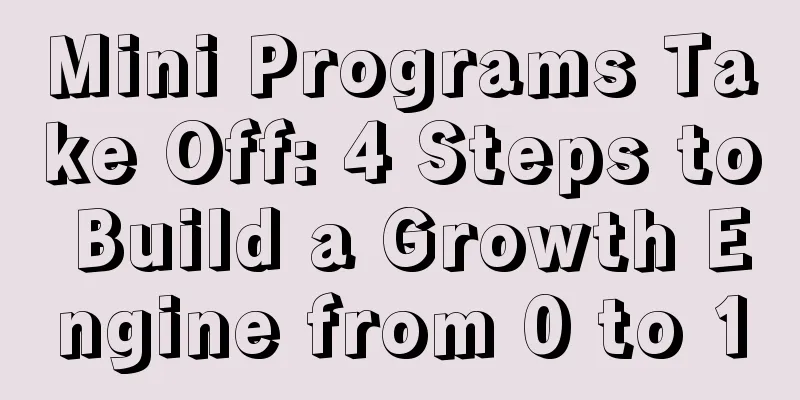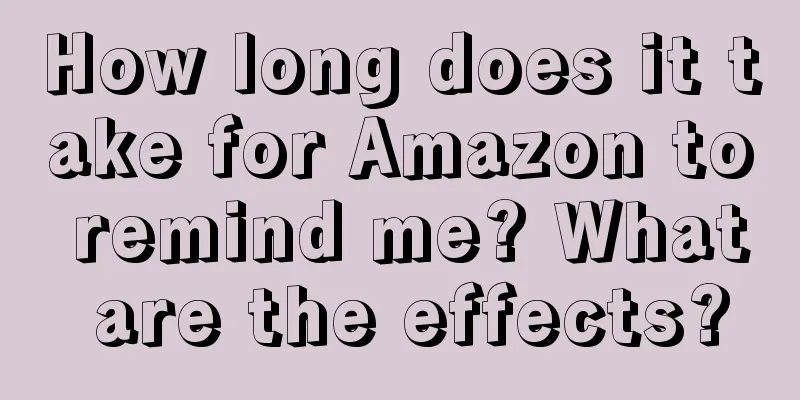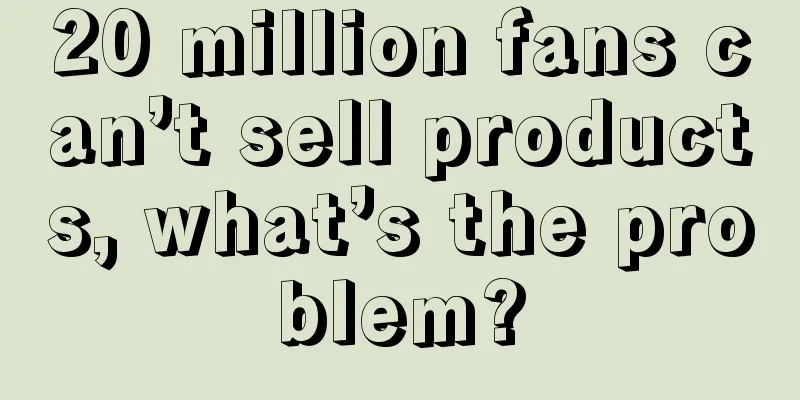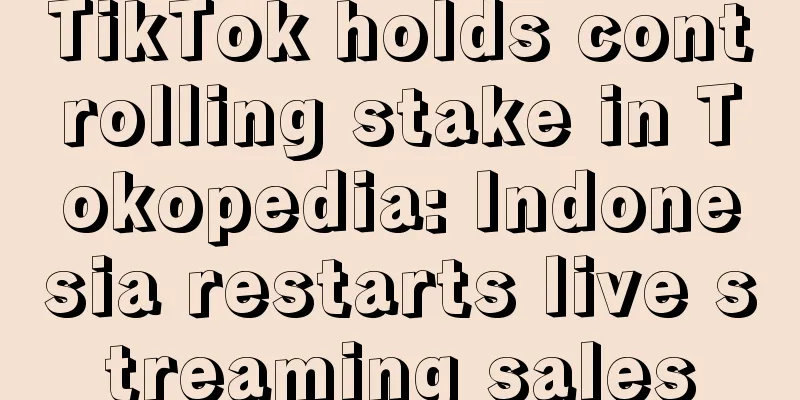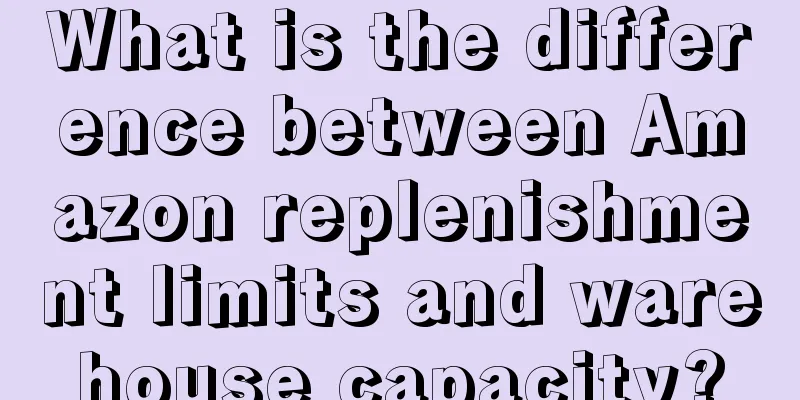From sponsorship to hosting, consumer brands are eyeing music festivals

The weather is getting colder, but the music festival is still going strong. According to incomplete statistics, there will be 31 music festivals in September. According to data from the China Performance Industry Association, in the first half of 2023, the number of commercial performances nationwide increased by 400.86% compared with last year; the number of spectators increased by more than 10 times compared with last year. Among them, the most popular are large-scale concerts and outdoor concerts. From the beginning of March this year to now, an average of 30 music festivals have been held every month, attracting music fans from all over the country to go to the scene and enjoy the carnival together. Such a lively scene naturally attracted the attention of many consumer brands, and consumer brands are no longer satisfied with simple placement and sponsorship of music festivals, and many brands have spontaneously begun to "host" them. In September, the Ice Cream Music Festival hosted by Mixue Ice City will be held in Chengdu, inviting well-known singers and bands such as David Tao, Zhang Zhenyue, and Disturb Me. The previous Ice Cream Music Festival in Wuhan was on the hot search because of its reasonable ticket price of 199 yuan; this year, Yuanqi Forest also hosted the first Yuanqi Forest Music Festival in Chengdu, with a lineup including Pu Shu, Wang Sulong, Travel Group, etc.; in addition, the Sunset Carnival of beer brand Corona will also be held in Shanghai and Shenzhen on September 9 and 23 respectively. There are traces of consumer brands flocking to the music festival market - as those born in the 1990s and 2000s gradually become the main consumers, brands have naturally turned their attention to young consumers. Music festivals, as an important scene where young people gather, have naturally become an excellent opportunity for brands to capture the attention of young people and build brand power. 1. From co-sponsorship to hosting and controllingPreviously, consumer brands often appeared in music festivals in the form of naming and sponsorship. Most of the sponsors of the initial music consumption market were beverage brands. As early as ten years ago, Heytea and Qingdao Pure Draft had cooperated with the Strawberry Music Festival. Mixue Ice City also sponsored the Zhengzhou stations of Sodagreen and Jay Chou's concerts in 2015 and 2016 respectively. Slowly, the partners of the music festival have gradually expanded to food, clothing, housing and transportation and even more categories. For example, Blue Moon, BMW, and Country Garden have successively sponsored the Strawberry Music Festival in 2019. The Wuxi Dangkou Music Festival, which ended in April this year, was sponsored by the clothing brand Red Bean Men's Wear. Later, co-branding with music festival IPs also became one of the ways for brands to appear at music festivals. For example, the car brand Jeep joined hands with the Keshiketeng Grassland Music Festival to launch the Jeep·2017 Keshiketeng Grassland Music Festival; Lincoln also reached a cooperation with the Midi Music Festival this year, not only sponsoring the Tang Stage, printing the brand name on the main stage, but also setting up a special area to display physical cars. Lincoln Adventurer at the Midi Music Festival. Image source: Midi WeChat official account But whether it is sponsorship or collaboration, there are limitations for brands. There are limited exposure scenes in a music festival, but there are usually multiple sponsors. Brands usually need to reach cooperation with the organizers of the music festival through "bidding", and the price ranges from millions to tens of millions. The final advertising effect is difficult to control, and the cost-effectiveness is not high. After trying out tactics such as sponsorship and co-branding, many brands with market credibility, appeal and sustainable operating funds have begun to become organizers of music festivals. In April this year, Mixue Ice City's "Ice Cream Music Festival" shocked many music fans who were struggling to pay for music festivals priced at thousands of yuan with a ticket price of 199 yuan per day. While netizens lamented the affordable genes of Mixue Ice City and posted comments on social media saying "It's worthy of being the Snow King", they also noticed: How come even Mixue Ice City has started holding music festivals? But in fact, many consumer brands including Mixue Bingcheng had already entered the market before the music festival entered the public eye. Mixue Ice City's first Ice Cream Music Festival was held in 2019, inviting well-known singers, groups and rappers such as Wang Sulong, Nanzhengbeizhan, and ICE; Tuborg, which has rich experience in cooperating with international music festivals, hosted the "Kaizao" Music Festival in 2018, with a lineup mainly composed of rock bands and folk singers; facial mask brand Mofashijia also hosted the "Youth Folk Music Festival" in 2021, which was held in Guangzhou, Shenzhen, Chengdu and Xi'an respectively. Ice Cream Music Festival scene photo source Weibo This year, more consumer brands familiar to the public, such as Sumida River, Yuanqi Forest, Tang Daren, Corona, etc., have joined the recovering music festival market as organizers. However, from the perspective of ticket prices, not all music festivals are as affordable as Mixue Ice City. Most of the ticket prices are in a stepped and high-climbing structure:
The high ticket prices are closely related to the cost of music festivals. As a new player, consumer music festivals do not have the IP appeal among music fans, and can only attract the attention and participation of music fans by inviting popular stars to join. A previous survey by Beijing Business Daily showed that the cost of producing a small music festival with less than 10,000 people is about 2 million yuan per day; a large music festival with more than 10,000 people costs about 5 million yuan per day. In addition to the rising artist fees, venue rental, stage sound and light costs, the cost of a music festival can easily reach tens of millions. Expensive music festivals such as the Sumida River Trendy Music Festival not only invited the three top rock bands: New Pants, Miserable Faith and Universal Youth Hostel, but also high-quality bands such as Fuzz, Wangwen, Fine Band, etc. covering a variety of musical styles such as post-rock and punk. The luxurious lineup attracted many music fans. Relatively speaking, the artist lineup of the Mixue Ice City Music Festival is not outstanding. The mainstays invited to the Wuhan venue are Wang Sulong and Chen Chusheng, and the Chengdu venue is David Tao, Zhang Zhenyue, and Xilinnayi Gao, all of whom are pop artists and have less appeal to traditional music festival audiences. In addition, the pricing standards of consumer music festivals also play a role in "purifying fans". When Sumida River and Yuanqi Forest set the two-day ticket price at 1,000 yuan, some audiences were naturally screened out, thereby increasing the conversion rate of exposure and consumption scenarios in the venue. Sumida River Music Festival scene photo source Weibo Although the music festival market is booming this year and many entrants have entered the market, only a few organizers can actually make a profit. Even long-established music festivals such as Midi only started to make a profit after seven years of hosting. It is conceivable that for brands, hosting music festivals can be considered a loss-making business. Since it is not profitable, why are various consumer brands still rushing to enter this area? 2. Offline placement, online social mediaWhen online traffic reaches a bottleneck, the past situation of leveraging traffic with small efforts to achieve phenomenal marketing events is unlikely to occur again, but product involution continues, and even intensifies. The exploration of new ways out has become a problem that consumer brands must think about. Compared with the gradually drying up online traffic, offline traffic, which has not been released in the past three years, has ushered in explosive growth this year. This emerging traffic pool naturally attracted the attention of brands. What's more, according to the data of the "2022 China Performance Market Annual Report", people aged 18-34 account for more than 76% of the ticket-buying audience. Young people are the main consumer group for offline performances such as music festivals. This group also happens to be the customer group that major consumer brands pay the most attention to. The overlap of the two makes consumer brands even more unable to let go of the fertile ground of music festivals. As a three-dimensional publicity space, the music festival provides a multi-dimensional implantation space for brands. Various facilities and links in the venue, including event logos, stage settings, catering supply stations, and performance halftime music, can serve as publicity media. The most common thing in music festivals is brand placement. If sponsoring a music festival requires competing with other brands for better exposure, hosting a music festival can provide a complete presentation space for the brand. At the Ice Cream Music Festival held by Mixue Ice City, the image of the "Snow King" appeared in various forms. The audience could not only see the eight-meter-high Snow King inflatable model, the ubiquitous Snow King puppet, and the image of the Snow King on the stalls, but even the stage was made in the shape of the Snow King. In addition to the common visual implantation, Mixue Bingcheng also achieved brand implantation at the auditory level. "I love you, you love me, Mixue Ice City is so sweet" is a well-known advertising song that also appeared at the halftime of the Ice Cream Music Festival. The cheerful melody and brainwashing lyrics further adapted to the music festival scene and stimulated the enthusiasm of the audience. Snow King inflatable model at the Ice Cream Music Festival. Source: Weibo Secondly, brands can directly shorten the distance between the audience and the products by setting up pop-up stores and experience stores of their own categories at the venue. For example, at Tang Daren's Yuanqi Music Festival, Tang Daren set up six interactive experience venues including Yuanqi Healing Cafe, Yuanqi Moment, Yuanqi Costume, Yuanqi Tribe, Yuanqi Noodle House, and Yuanqi Canteen. At the Yuanqi Noodle House, you can even buy Tang Daren series products on the spot and boil water to drink. For the outdoor performances in March, a bowl of hot instant noodles is undoubtedly quite tempting. In order to increase the retention of products in the audience's impression, brands usually choose to promote only a single product rather than the entire product line when laying out offline scenes. Tang Daren chose to promote its classic product, Japanese pork bone ramen, at the music festival, and even chose the most classic green color for visual effects to strengthen the impression of the product in the minds of the public. Mixue Ice City chose to test new products, and launched a number of new flavors of ice cream at the ice cream music festival, including grapefruit popping beads, lemon mint, peanut cheese, etc., which is equivalent to a small-scale "grayscale test" to directly observe consumer feedback. Tang Daren Yuanqi Music Festival live photo source Weibo @汤达人Club Whether it is image placement, product placement or song placement, it is actually the process of the brand creating an immersive brand marketing space for the audience, allowing them to passively immerse themselves in the environment and accept the penetration of the brand. However, the effect of passive acceptance is definitely far less than active participation. Therefore, the brand has set up a number of small games according to local conditions to fully mobilize the enthusiasm of the audience. For example, at the Yuanqi Forest Music Festival, Yuanqi Forest set up an interactive game high jumping challenge in the "Alien Electrolyte Replenishment Cabin". After jumping up, you can touch the blue button on the wall to get different peripherals, which attracted many on-site audiences to participate. Yuanqi Forest Music Festival live game pictures Source @Yuanqi Forest Music Festival In addition, in social media marketing, brands can also use the name of the music festival to achieve secondary dissemination with the help of performing guests, local Internet celebrities, musicians, etc., to further leverage local traffic. For example, after the Ice Cream Music Festival ended, Jann Arden posted on Xiaohongshu saying "I have to eat ice cream during the performance", and the band Grapes Are Not Angry also posted a post titled "You love me, I love you, Mixue Ice City Ice Cream Music Festival", both of which received active interactions from fans. The social media participation of the audience can work together with the brand to create a memorable moment. Take the Corona Sunset Rising Global Carnival as an example. The music festival is characterized by performances on the beach, so when it landed in China, it chose the Shanghai North Bund International Passenger Center Pier where you can see the sunset by the sea, and chose Xichong No. 4 Beach in Shenzhen. After participating in the event, the audience will post content on the topic #Corona Sunset Rising#. The various elements of music, beach, and sunset further bind Corona with the sunset by the sea, realizing the enhancement of brand power. Corona sunset carnival scene source Weibo @Corona Looking at the above-mentioned music festivals, we can find that consumer brands organizing music festivals is like "Xiang Zhuang dancing with a sword, aiming at Pei Gong." For brands, music is not an end but a means. The ultimate goal of consumer goods entering the music festival market is to create a younger and more trendy brand image in the minds of consumers during the music carnival. Each music festival has tens of thousands of participants and lasts for several hours. It can be said that music festivals are one of the fastest and most accurate scenarios to reach young users. They have naturally become a channel for brands to infiltrate their value propositions to young consumers. At present, it is impossible to calculate the conversion effect brought about by fully occupying the user's vision, hearing and even taste through offline panoramic implantation. However, in the long run, when consumer music festivals also become old-fashioned music festival brands such as Strawberry and Midi, fans of the performing guests will also develop a love for the brand because of the empathy effect, forming emotional consumption and driving sales conversion. The participation of consumer brands is not intended to compete with original music industry participants for interests, but to jointly expand the industry pie, further build younger brand power, and achieve improved marketing results. Author: Shen Xiang, WeChat public account: Shen Xiang This article was originally published by @深响 on Operation Party. Any reproduction without permission is prohibited. The title image is from Unsplash, based on the CC0 agreement |
<<: “Internet celebrity cities” take turns to become popular, who will represent local life?
Recommend
Want to win the battle for overseas traffic? Don’t miss these festivals in December this year!
This article starts from overseas history and cult...
How to choose Amazon operation tools? Operation tool recommendations
Success on Amazon requires long-term efforts. Even...
Does eBay have more restrictions on foreign sellers? Which sellers have more restrictions?
As the eBay platform continues to grow, more and m...
Is it suitable for individuals to build independent websites? Specific answers
With the development of modern information, more a...
Is it considered drunk driving if you drink Luckin Coffee’s new Moutai product and drive?
On September 4, the Maotai-Luckin Coffee-produced ...
What to sell on Amazon? What products to sell on Amazon?
If we open a store and do business on an e-commerc...
How to pay with domestic bank cards on eBay? What are the payment methods?
Now many friends want to do cross-border e-commerc...
Is Amazon's mobile phone number linked? What are the factors that lead to being blocked?
When people use Amazon now, they usually need to a...
Is there any risk in helping others register for Amazon? What are the potential risks?
There are many advertisements now that offer to he...
How to avoid business and brand failure
Through continuous tracking of brand marketing dev...
How many products can Amazon's distribution model sell every day? Is Amazon's e-commerce reliable?
Selling products on Amazon is one of the important...
Brand and price determine life and death
What is the most important thing for a brand? This...
Which is the best at “Spring Festival Marketing”? Here is a summary of the best strategies for all platforms!
The Spring Festival has not yet arrived, but marke...
Method and process of building a data indicator system [Template + case]
It turns out that the construction method and proc...
Discussing personal IP and corporate IP
What is the difference between personal IP and cor...
